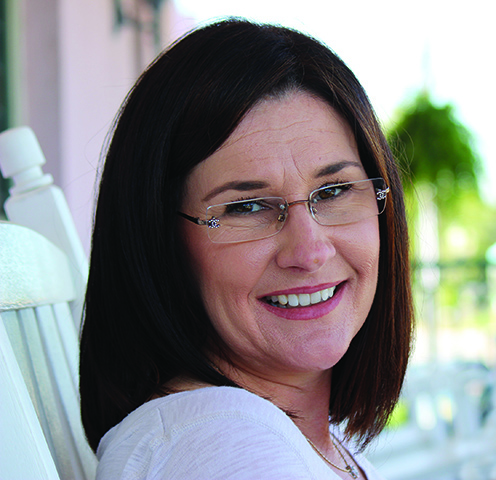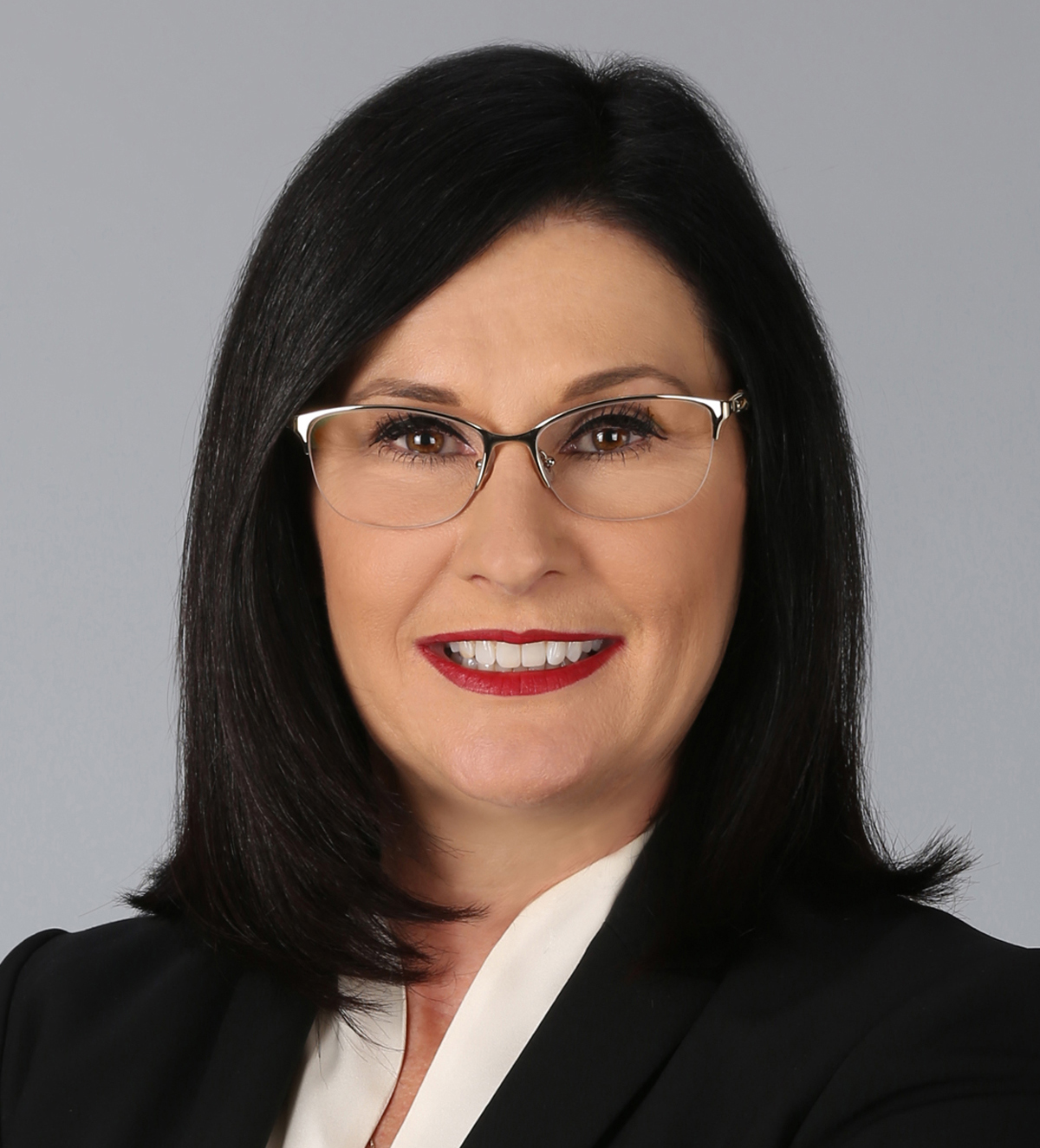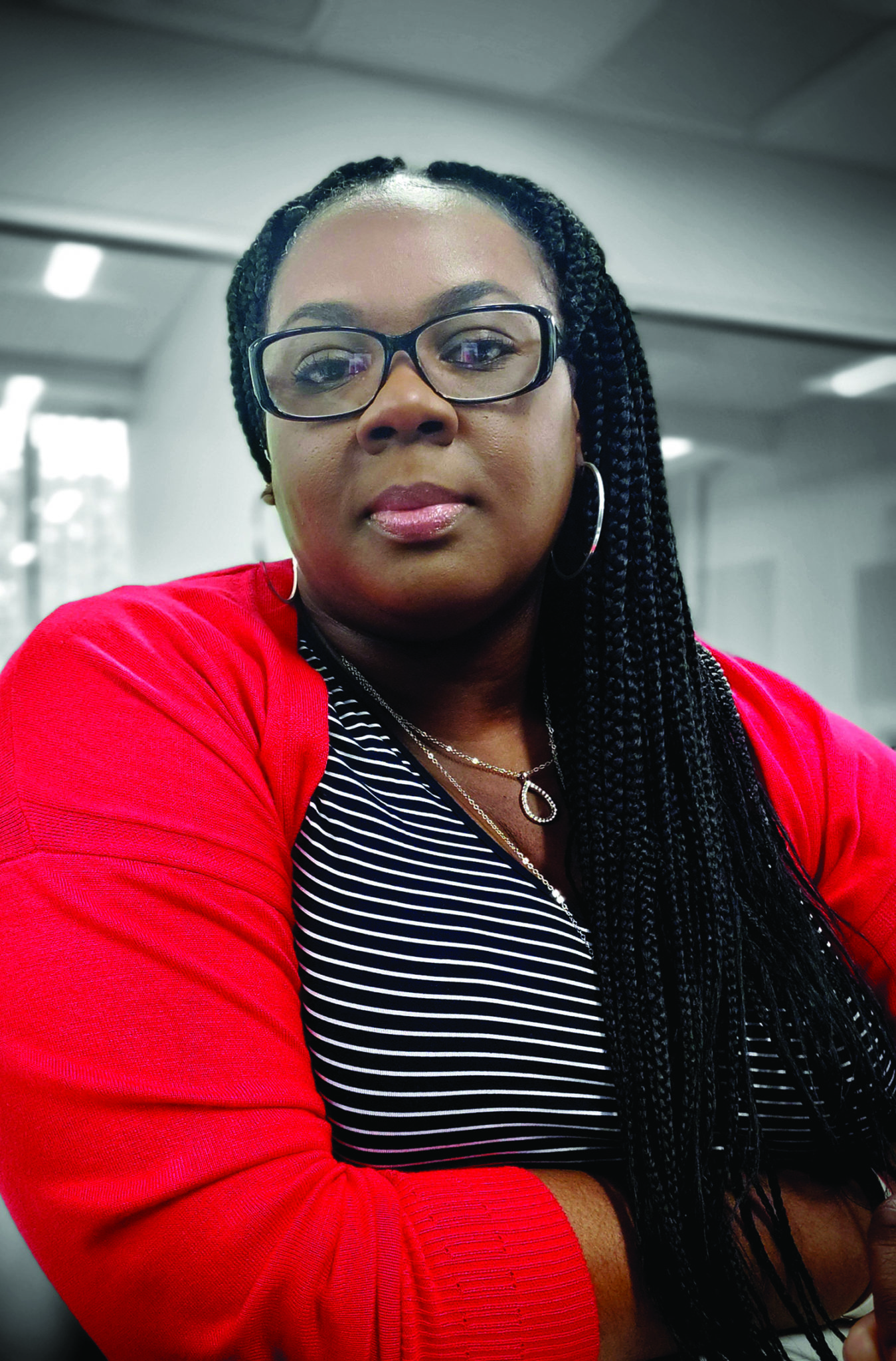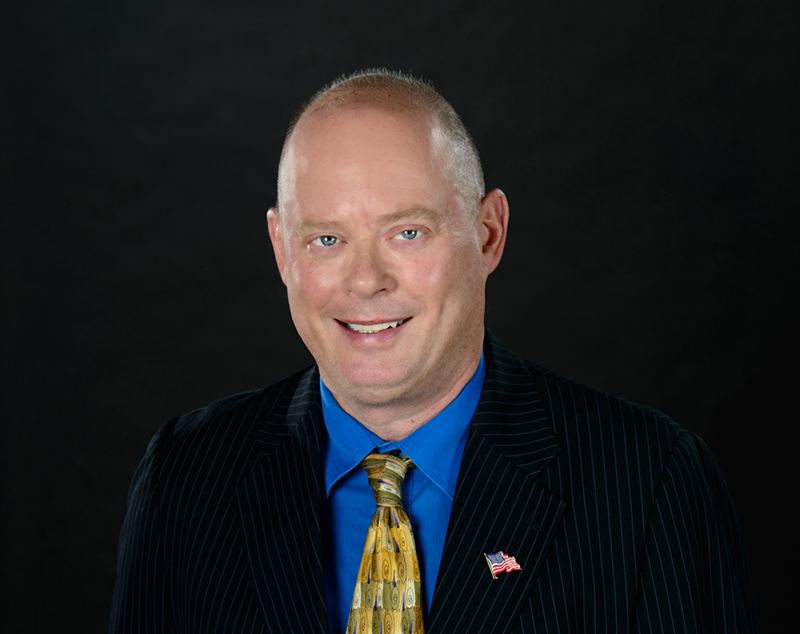By Darcie Lunsford
Taking a cue from other major metropolises such as Barcelona, Medellin and Boston, Pompano Beach is branding a central, underused swath of Atlantic Boulevard as the world’s newest innovation district.
The district spans approximately 400 acres along Atlantic Boulevard, north to MLK Boulevard, from Interstate 95 east to just west of City Hall and the city’s new $17.9 million cultural arts center.
The specialized zoning within this overlay district allows for 750,000 square feet of office space, 165,000 square feet of retail, 35,000 square feet of restaurants, 1,500 residential units, and two hotels with a combined 420 rooms.
More density may be needed in future phases to fully redevelop the now, mostly single-story commercial structures and lots into a thriving, pedestrian-driven metropolitan center.
“The city wants to create their own unique environment,” says Kim Briesemeister, a principal of Redevelopment & Management Associates, the private firm that manages the city’s Community Redevelopment Agency, which is leading the planning and launch of the district. “We are building for the future, so I don’t think there’s an example out there of a place that really captures what we want to be in terms of how people use space and public amenities.”
The fulcrum for development within the district will be a new system of self-contained, self-circulating, linear waterways, which will create a picturesque outdoor setting for cafes, shops, offices and mixed-use residential buildings. The proposed $60 million water retention system would have an ambience similar to Amsterdam.
So far, the city has about $5 million set aside to cover the cost of this ambitious and highly technologically advanced system.
The scenic waterways will be pivotal to attracting private sector development to about 80 acres at the core of the district.
The city’s CRA owns about 24 of those acres and is planning on retaining a broker to begin marketing the various parcels to a mix of office, retail, light-industrial and residential developers. The city plans to seek a diverse array of development proposals, design concepts and mixing of uses that will work in tandem to weave the district into a one-of-a-kind urban tapestry, Briesemeister says.
While the general concept of innovation centers—where clean manufacturing, traditional office, street-level retail and city-style residences—intertwine with public gathering spaces, has been around for a while, the term “innovation district” has become popular only in recent years, says Harvard Business School senior lecturer Mitchell Weiss. “It’s a term of art, not science,” he says.
The composition of these districts can vary from place to place. Even so, Weiss says, the city needs to have a clear vision about what it wants and articulate that to private-sector developers. “Then get going on it quickly,” he says.
Nitin Motwani, developer of the $2 billion mixed-use Miami Worldcenter in downtown Miami, agrees: “You need to have a plan because developers hate uncertainty,” Motwani says. But that doesn’t mean the city’s larger vision should be cast in stone, he adds; the city might decide to pivot based on what developers say can pragmatically be achieved, which has to be a model and a project that they can underwrite and make money on. He says developers have to find the financing to launch the park project. “It is very difficult for developers to think out of the box, because I have to go out and get the equity,” Motwani says. “You need to have some flexibility.” ↵
Freelance writer Darcie Lunsford is a former real estate editor of the South Florida Business Journal. She is the senior VP for leasing at Butters Group and is avoiding a conflict of interest in her column by not covering her own deals.











